Ageism is costing public relations its most valuable asset
Ageism is quietly pushing experienced practitioners out of public relations, and it’s costing the industry its most valuable asset: expertise and experience.
The public relations industry likes to think of itself as forward-thinking. But the mirror tells a different story. A story where experience is marginalised, senior talent is lost, and practitioners over 45 are made to feel irrelevant.
Jenny Manchester, Head of Communications at the Centre for Ageing Better and a Socially Mobile graduate, has put hard data and lived experience behind the issue. Her new CIPR-backed report, An Age-Old Problem lays bare just how deeply ageism is embedded in our industry.
Older practitioners are underrepresented and undervalued
A fifth of public relations practitioners are over 50, according to the CIPR’s PR Population Report. That’s a striking underrepresentation, especially when compared to sectors like manufacturing or law, where seniority often correlates with status and pay.
And yet, older workers make organisations stronger. According to the OECD, companies with a ten per cent higher share of workers aged 50+ are 1.1% more productive. Intergenerational teams are more resilient, more diverse in thought, and better prepared for complex challenges.
Youth culture comes at a cost
Through 44 in-depth interviews, Manchester uncovers the cultural and structural bias that’s driving people out of the industry and keeping many from re-entering.
Agency culture doesn’t just prize youth, it fetishises trendiness and wrongly assumes only digital natives “get” modern platforms.
Older practitioners are often branded as “safe pairs of hands”: dependable, but rarely seen as the bold or creative hire.
There’s also a glaring gender divide. While older men are often celebrated for their authority, women tend to quietly disappear - echoing the findings of the Missing Women report published by Socially Mobile earlier this year.
Most troubling is the industry’s silence. Leaders are not asking hard questions about why mid-career talent is walking away or why senior women are leaving.
Recruitment is where exclusion begins
Bias starts long before someone sets foot in an interview room. The report highlights a clear pattern of age bias baked into recruitment practices:
Job ads using terms like “rockstars” and “digital natives” signal youth preference loud and clear.
Candidates over 45 are told to “condense” their CVs, or worse, they’re ghosted altogether.
Flexible working is still framed as a favour, reserved mainly for parents, rather than a right for anyone managing complex life stages.
Internalised ageism is real and corrosive
Many practitioners described feeling “managed out” of roles, sidelined in meetings or gradually made to feel irrelevant.
One woman summed it up with a brutal avocado metaphor: too green, then ripe for a moment, then brown and binned.”
It resonates with other comments. The subtle social and cultural signals - the jokes, the social exclusions, the missed opportunities - add up. And because ageism is rarely named aloud, it often goes unchallenged.
Manchester argues that this silence is what makes ageism so dangerous. It’s invisible until someone’s gone.
What needs to change
Manchester’s report ends with a clear plan of action.
Celebrate experience, not just youth: Balance “30 Under 30” with “40 Over 40” and “50 Over 50” to recognise seasoned talent.
Recruit without bias: Remove coded language from job ads and assess people on skills, not stereotypes.
Make flexibility for everyone: Let older practitioners ask for flexible work without judgment or penalty.
Mentor in both directions: Combine reverse mentoring with proper investment in senior development.
Demand leadership on age inclusion: Embed age into every DEI strategy as a core characteristic, not a bolt-on.
Reference
Manchester, J. (2025). An Age-Old Problem: What Can We Do to Tackle Ageism in PR? Chartered Institute of Public Relations.
